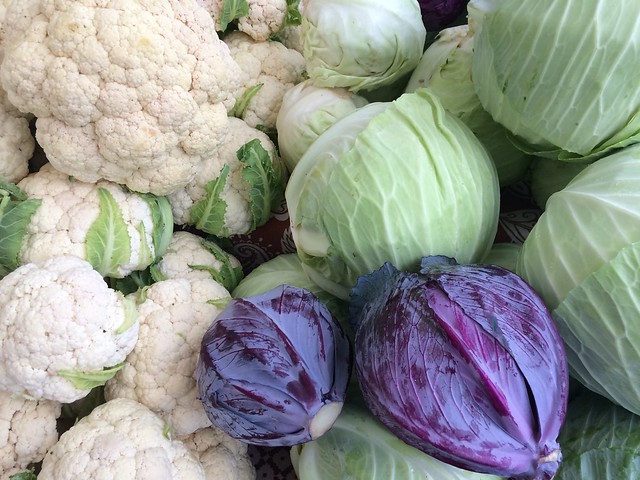As we settle in at the table of summer’s harvest, savvy gardeners pause long enough to consider the coming season.
“Most folks are familiar with and love summer vegetables, but if you want to maximize your food and nutrition, then growing fall crops is a great strategy,” said Weston Miller, a horticulturist with Oregon State University Extension Service.
The window of opportunity for planting those crops is short – as daylight decreases, it becomes harder and harder to hit it right. So, begin now to tuck seeds or transplants into the soil.
Plant in morning or evening and make sure to monitor the soil closely so it doesn’t dry out. Water daily, twice if it’s especially hot. Concentrate your efforts on the top couple of inches of soil where seeds are germinating and the small root systems of new plants are getting off to a start.
If the weather turns scorching hot, you may have to resort to shade cloth or Reemay, a very lightweight fabric that allows light and water through but helps keep plants from burning. Some crops like carrots, beets and direct-seeded greens don’t mind having the cloth placed right on top; bigger crops like broccoli and peppers might appreciate having it propped up on the same type of wire or plastic hoops used to make cloches or cold frames.
If you added compost and organic fertilizer earlier in the season, you don’t need to add more because organic fertilizer takes time to break down and become available to plants. If you used a conventional fertilizer, you can add more, but go light on the nitrogen, which can make brassicas susceptible to pests and encourage foliage growth rather than fruits. Root crops can go without either type.
Whether to plant seeds or transplants depends on the crop and, to some extent, how you’re going to use it. Plants that do best directly seeded include carrots, parsnips, beets, radish, mustard greens, cilantro and arugula. Many crops like kale, chard and lettuces, arugula, mustard greens can be sown heavily for “cut and come again” greens. Cut the greens above the crown of the plant when the leaves reach 4 to 6 inches. You can get two to three cuttings if you give them plenty of water and some fish emulsion after each cutting.
All other crops can and should be transplanted for best success. Look for high-quality plants that aren’t root-bound, stunted or off-color. If you can get a hold of 1-gallon tomatoes and plant them in the next week, go for it. Some crops are too late to plant, such as cucumbers, melons, corn, beans, peppers and parsnips.
Once you get the new plants in the ground, don’t dawdle on weed control. Weed often to make the job easier and to keep weeds from competing for water and nutrients.
Miller recommends allocating half of your garden space for typical summer crops like tomatoes, beans and cucumbers and the other half for cool season crops like kale, scallions, carrots, beets and lettuce. “That will give you the most from your garden,” he said.
As you plant new crops, be sure to continue caring for already those planted at the beginning of the season. Water 1 inch per week; 1.5 to 2 inches during hotter periods. The main thing, Miller said, is to provide a thorough watering twice or three times a week, depending on temperatures. Continue to harvest promptly. Leaving cucumbers, squash and tomatoes to get to big will give you less-than tasty results.
For more information on extended-season vegetable gardening, refer to these Extension publications: Fall and Winter Vegetable Gardening in the Pacific Northwest and Growing Your Own.
Weston Miller’s guide for planting a fall vegetable garden
DIRECT SEED
July: carrots, beets, scallions, radish, cutting greens
Early August: carrots, beets, scallions, spinach, cilantro, peas
Late August, early September: radish, cutting greens, arugula, mustard, cilantro
Late September: mache, arugula
October: garlic
TRANSPLANTS
Mid-July through August: kale, head lettuce, chicory, chard, cabbage, cauliflower, broccoli, kohlrabi, leeks, onion
September: overwintering brassicas like purple-sprouting broccoli

